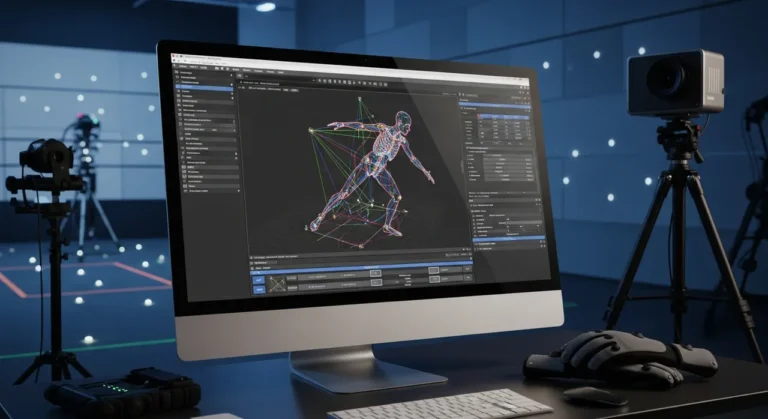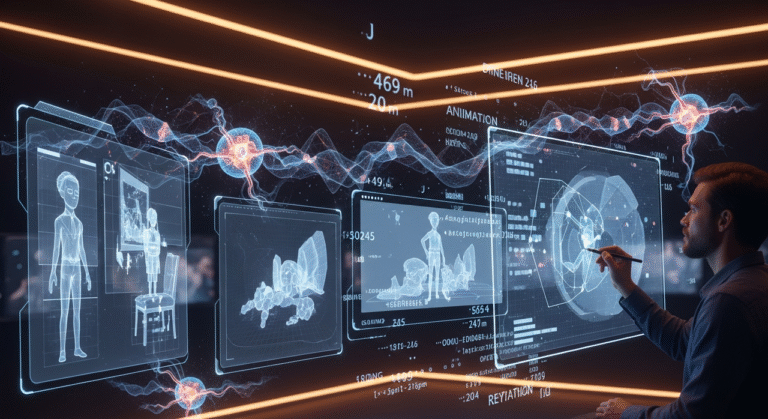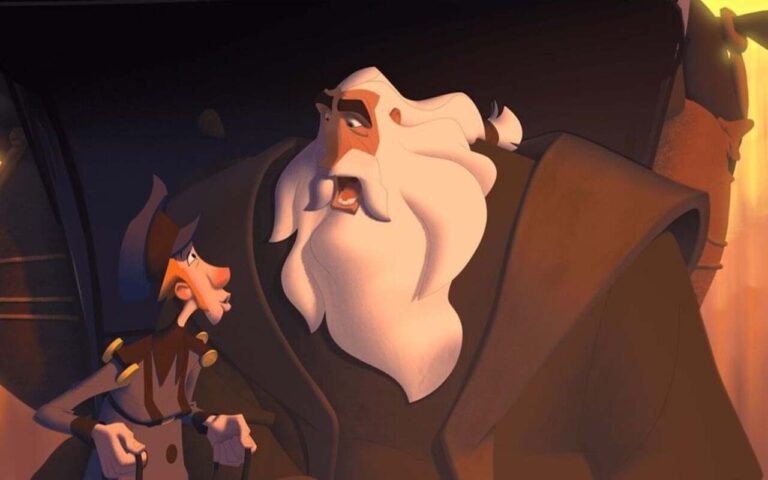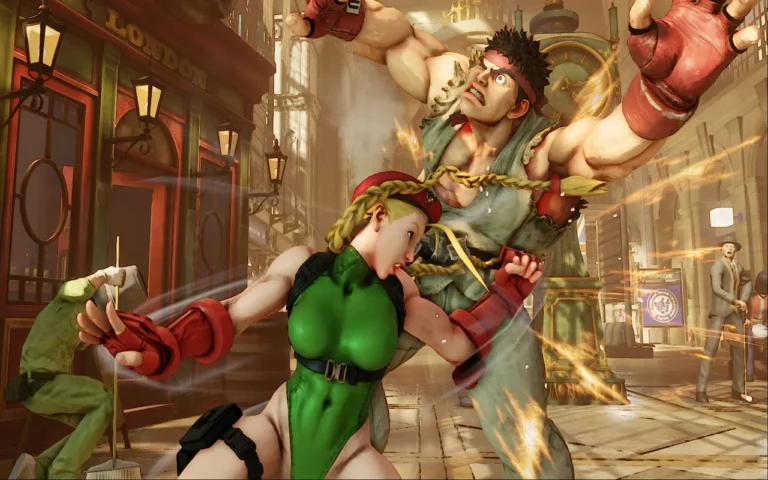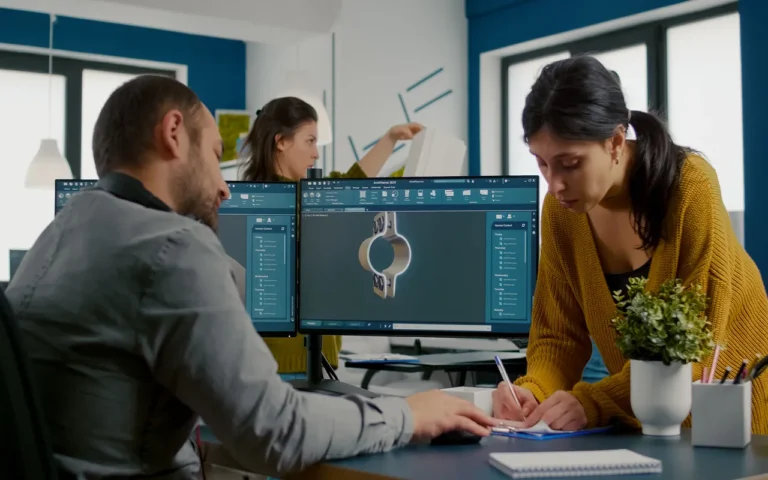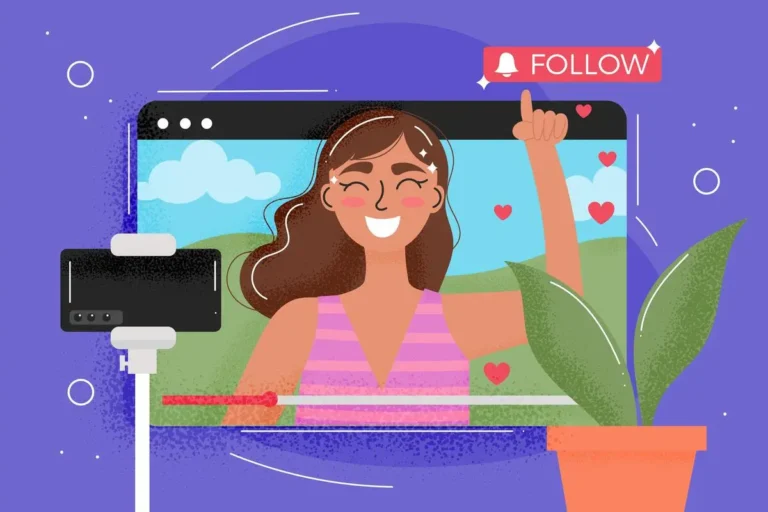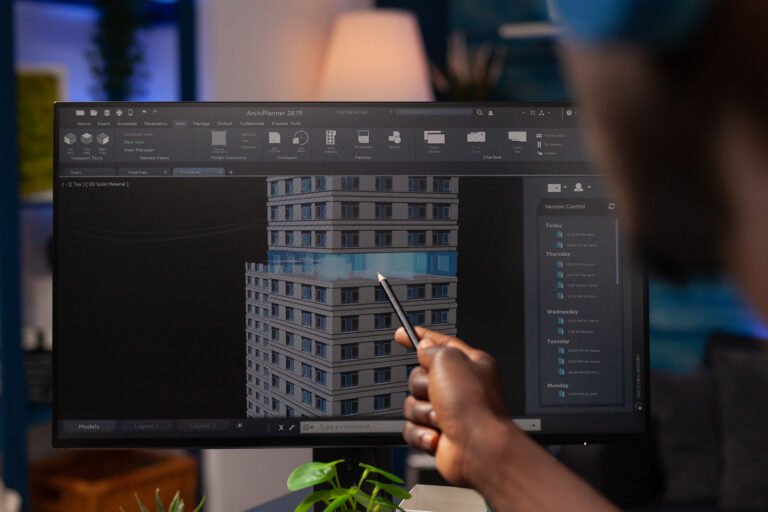Exceptional animated stories emerge well ahead of keyframe animation: they originate from a solid premise, multifaceted characters, and a strategy that accounts for real-world production constraints.
Whether you’re crafting a short piece, a pilot episode, or a full-length film for an animation studio, the method outlined here guides you in refining concepts into vivid scenes ready for animators to bring to life.
In this guide, we will review 13 steps in storytelling in animation, progressing from initial ideas and character profiles to storyboards, script excerpts, and refinements, consistently aligning choices with the target audience, atmosphere, and workflow.
All set? Let’s convert a spark of inspiration into a producible animated narrative that crews can genuinely execute, one stage at a time.

Need Animation Services?
Visit our Animation Service page to see how we can help bring your ideas to life!
Part 1: Concept & Foundation
In a 3D animation production pipeline, the initial stage focuses on defining what your story is, who it’s for, and how it will feel.
Concept Development
Start with a compelling “what-if” scenario and a core conflict. Define the central dramatic question and the emotional core of the concept art. Your idea isn’t ready until you can pitch it in a single, powerful logline (1-sentence summary of protagonist, goal, obstacle, and stakes).
Expand this into a 150-word concept note to clearly articulate the story’s hook.
Define Audience, Format, and Runtime
Audience (such as children, families, or adults) and format (short, series episode, or feature film) set crucial constraints. These decisions dictate your runtime, pacing, scene count, and complexity.
For instance, a 90-second short demands a much tighter arc than a children animation.
Establish Genre, Tone, and Theme
Select a primary genre (comedy, adventure, etc.) and a specific tonal range. Write a guiding theme statement to keep your choices focused. Use tonal comparisons (like “heart of Ghibli, action of Spider-Verse”) to give artists a clear emotional target.
Character Bible and World Rules
Develop characters in a Character Bible, detailing each character’s wants vs. needs, flaws, and potential for transformation. Ensure the antagonist directly challenges the story’s theme.
Simultaneously, establish clear Worldbuilding and Rules: define the logic, physics, social customs, and constraints (a “can/can’t” list) that create plot opportunities and consistency.
Research and References
Gather historical, visual, or cross-cultural influences and references to ground your story and avoid clichés. Create a reference deck of performance clips, shot language, costumes, and music cues to support authenticity and inform the visual art style.
Part 2: Structure, Scripting, and Visualization
With the foundation solid, you move into structuring the plot and translating it into a visual format.
Beat Sheet / Story Structure
Map out the story using a structured method (like Three-Act Structure or Save the Cat). Lay out a beat sheet to track the setup, catalyst, midpoint reversal, and climax. Ensure stakes escalate every few beats and that every beat is inherently visualizable.
Outline Your Story
Expand the beat sheet into a scene-by-scene outline. Each scene needs a clear purpose, conflict, and measurable outcome (a change in information, emotion, or power dynamics). Flag any scenes that might be expensive or technically difficult early on.
Write a Treatment and Define Visual Language
Draft a 3–8 page treatment in prose, focusing on visuals, emotion, and turning points. This helps stakeholders “see” the movie.
Once the story flow is locked, create a visual language and moodboard, which serves as a style guide defining the shape language, camera grammar, character’s color palette, and montage patterns to ensure everyone shares the same aesthetic vision.
Create a Storyboard and Animatic
Translate the outline into an animation storyboard that illustrates staging, acting, and timing. Then, cut the boards into an animatic with temporary sound, music, and voiceover.
This is the most cost-effective place to test and fix story problems, trim dead air, and ensure the emotional curve works before moving to full production.
Write and Refine the Script
Draft the final animation script with action lines that are visual and “actable.” Dialogue should be concise and reveal subtext. Run targeted passes to ensure character voices are distinct, humor lands, and visual storytelling is prioritized over exposition.
Note musical motifs and sound design gags as part of the audio intent.
Part 3: Review, Revision, and Handoff
The final phase involves testing the story and preparing it for the production pipeline.
Table Read and Notes Triage
Perform a live table read with key crew and a sensitivity reviewer (if applicable). Log notes by category (like character, pacing, and feasibility) and stack-rank them by the most significant impact for the least effort. Decide what to cut or simplify to improve the core of the story.
Revise and Refine
Address the high-priority notes first, focusing on clarifying motivation, goals, and set-pieces. Protect the theme and character arcs while cleaning up the script. Lock the script only when both the written page and the animatic deliver the intended psychological aspect.
Collaborate and Handoff
Work closely with animation leads to ensure all beats and staging are performable within the project’s schedule and budget.
Finally, create a tidy script breakdown and handoff package, including a locked script, shot list, asset index, and any continuity guides, to ensure a smooth transfer to the editorial and production teams.
What Factors Matter Most for a Great Animated Story?
The most crucial elements for a great animated story are:
- Clarity of Goal and Stakes: The audience must know what the protagonist wants and what they stand to lose.
- Character-Driven Arc: Characters must change or grow tangibly.
- Visual Storytelling: Show, don’t tell. Exposition should be minimized.
- Embracing Constraints: Budget, runtime, and asset reuse can strengthen creativity when accounted for early.
Final Words
Animation thrives on stories that are fundamentally simple yet vividly detailed in execution. Define your audience, tone, and theme early, then craft a thorough, beat-by-beat framework to test in an animatic before committing to full animation.
Stay true to your characters, cut anything that doesn’t support the core vision, and work closely with the team animating it.

